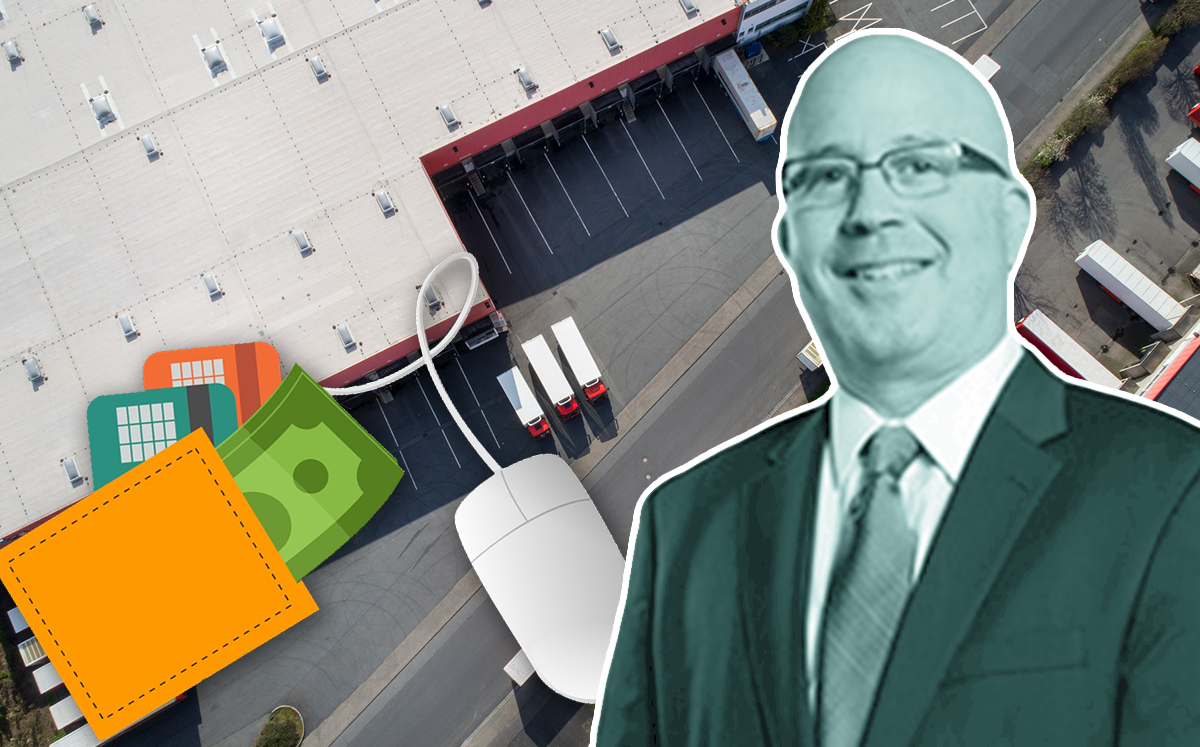Trending
Chicago industrial market will ride the wave of e-commerce in 2019: report
Despite worries of overbuilding, demand from online retailers is expected to remain strong, according to Cushman & Wakefield

After one of its strongest years in a decade, Chicago’s industrial market is likely to stay hot in 2019 by riding a wave of demand for last-mile sites and growing warehouse automation, according to a new report.
The local industrial market last year reached highs not seen for some time. Vacancy reached a 10-year low. Rents in the second quarter of 2018 reached a new record high, and third-quarter leasing activity was at its highest level in three years.
Those highs have led more developers to get into the game. There was 19.5 million square feet of speculative industrial space underway at the end of 2018, according to a report from Avison Young. That has caused some to worry the market might soon be overbuilt.
But the industrial market is likely to stay strong thanks to demand from e-commerce tenants said David Friedland, executive director and leader of the Chicago Industrial Group at Cushman & Wakefield.
“We don’t see this robust industrial market coming to an end in 2019,” Friedland said. “It will continue into 2020. Much of it is brought on by e-commerce.”
The rise in online shopping has caused pains for retail landlords but has been a boon for the industrial sector. E-commerce has impacted Chicago in two ways: iI’s the catalyst for large warehouse development in the far reaches of the market, and it’s spurred demand for urban infill as retailers seek last-mile distribution centers.
Most recently, Logistics Property Company bought a 6.4-acre lot on the city’s Near South Side for a 137,000-square-foot last-mile warehouse. The firm is also developing a 900,000-square-foot logistics warehouse in south suburban Country Club Hills as part of its strategy to connect large warehouses with smaller, better located facilities in the city.
“We are seeing this trend of last-mile development looking inward to population centers,” Friedland said. “We’re even seeing strong activity in the periphery markets.”
There are two things that could slow the industrial market, Friedland said. One is market factors like trade wars or a recession, which could cause the e-commerce train to derail and further exacerbating worries of overbuilding.
The other is a labor shortage hitting the warehouse industry. Growing warehouse automation, however, could help keep the industry afloat, Friedland said. Advances in things like rooftop communication systems could keep industrial spaces humming through a labor shortage, he said.
“If they can’t fill these jobs, then you can’t build these buildings because there’s nobody there to staff them,” Friedland said. “We think automation has a positive effect on this market.”




